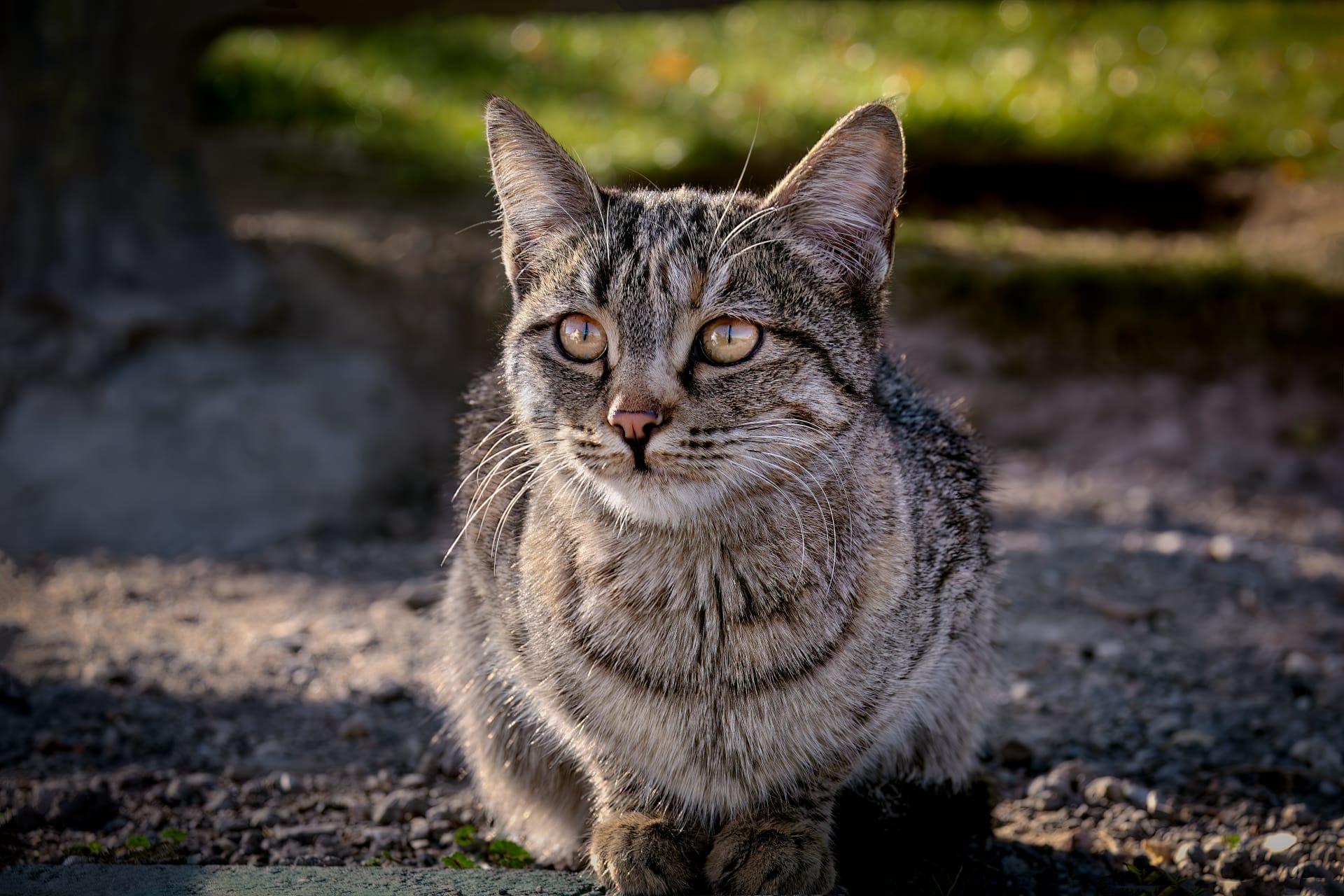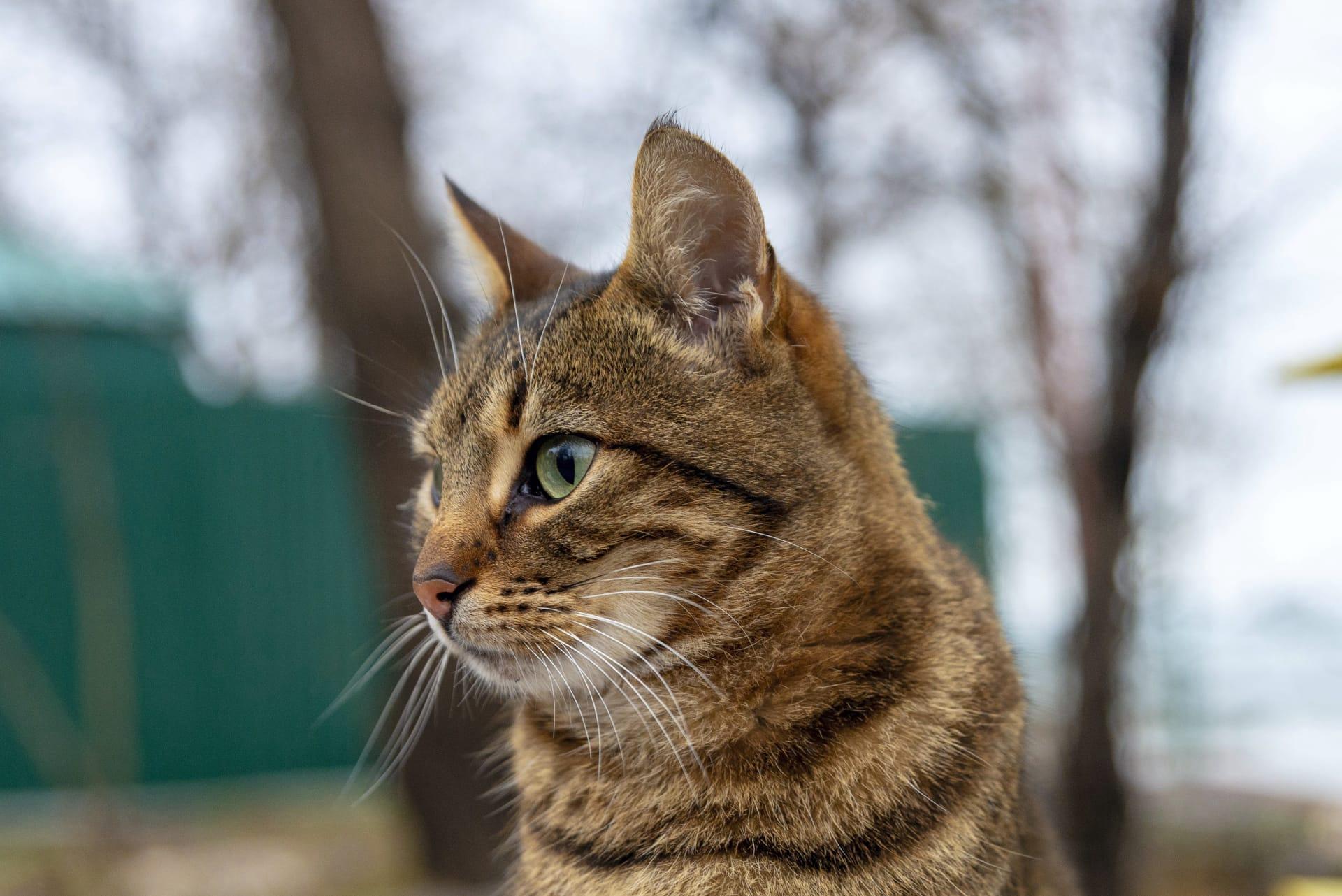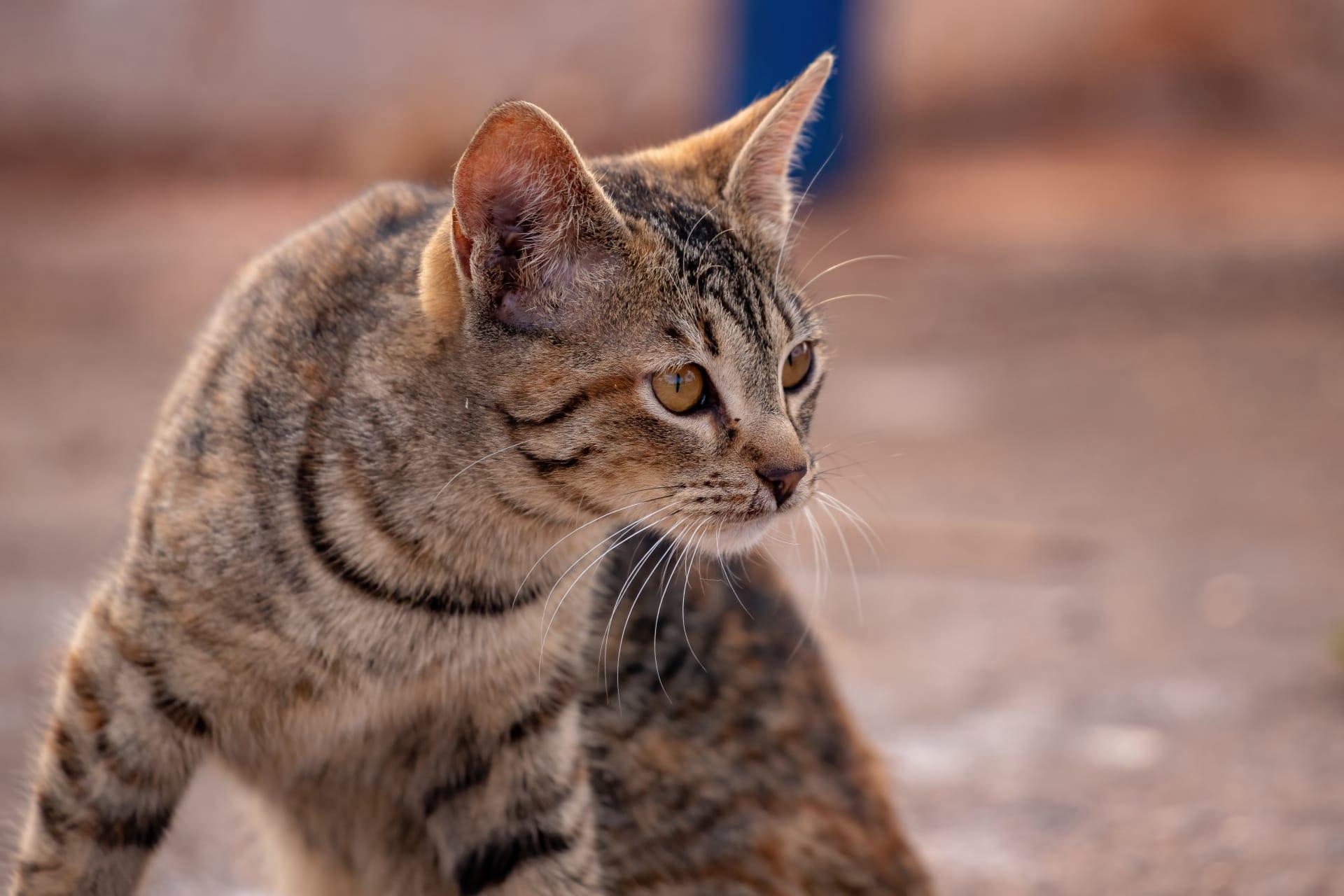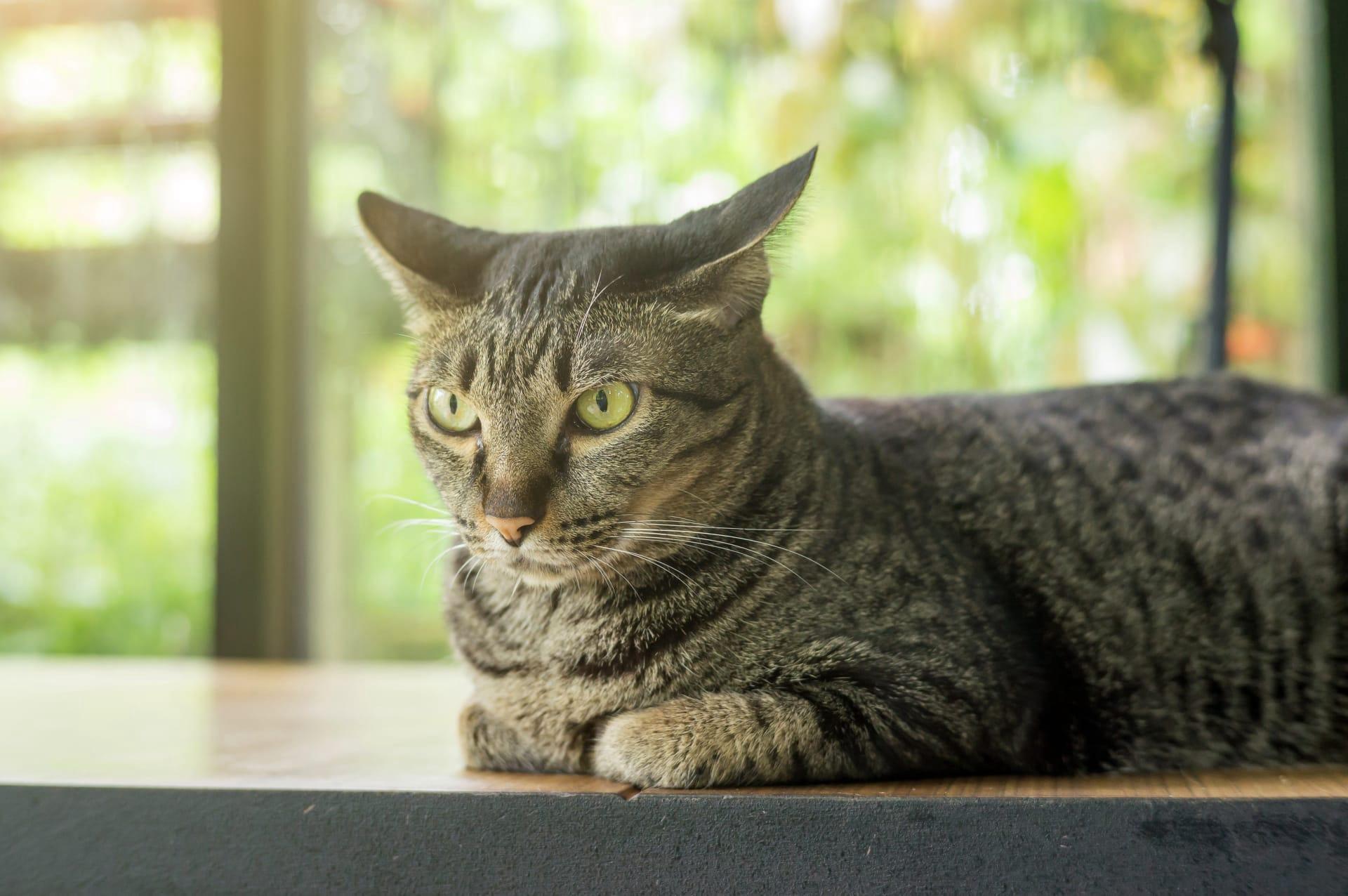Ocicat Cat
- Home /
- Mini Encyclopedia /
- Animal /
- Ocicat Cat
1
The Ocicat is a domestic cat breed recognized for its wild appearance. It falls under the category of spotted domestic cats, classified by feline associations such as the International Cat Association (TICA) and the Cat Fanciers' Association (CFA). The breed's distinctive spots resemble those of wild cats, but it is important to note that the Ocicat has no actual wild cat ancestry. Its genetic makeup is a blend primarily of Siamese, Abyssinian, and American Shorthair, resulting in a muscular, well-spotted feline.
The Ocicat is distributed widely across the United States, where it was originally bred in the 1960s. Since then, the breed has gained popularity and spread to various other countries, including Canada, Europe, and Australia. Its adaptability and sociable nature have made it a favored pet in homes worldwide, contributing to its presence in a diverse range of environments. Breeders and enthusiasts continue to ensure its propagation, maintaining its unique characteristics and expanding its reach.

2
Question: Is the Ocicat's wild appearance an indication of wild ancestry or temperament?
Answer: Despite its wild and exotic appearance, the Ocicat does not have any wild cat genes in its lineage, nor does it exhibit a wild temperament. The breed's distinct spots and physical resemblance to wild cats are the result of selective breeding, specifically aiming to produce a domestic cat with the aesthetic of a wild feline. The Ocicat is known for its affectionate, playful, and sociable nature, making it an excellent companion. It thrives in human company and is often described as dog-like in its loyalty and ability to be trained.

3
The relationship between Ocicats and humans is marked by mutual affection and companionship. This breed is particularly noted for its sociable and outgoing nature, often seeking out human interaction and enjoying being part of family activities. They are known to follow their owners around, participating in daily routines and showing a keen interest in their surroundings.
Ocicats are also recognized for their intelligence and trainability, which fosters a deeper bond with their human counterparts. They can learn to respond to commands, walk on a leash, and even perform tricks, which enhances their interaction with people. Their adaptable and friendly disposition makes them suitable for families, singles, and homes with other pets, illustrating the strong and positive relationship they maintain with humans.

4
The origin of the Ocicat breed traces back to 1964 in the United States, when a breeder named Virginia Daly aimed to create an Abyssinian-pointed Siamese cat. The accidental result was a kitten with an ivory coat and golden spots, which was the foundation for the Ocicat breed. This initial cross was between a Siamese and an Abyssinian, later incorporating the American Shorthair to enhance the breed's size, bone structure, and silver color, as well as to introduce the distinctive spots.
The evolution of the Ocicat involved careful selective breeding to stabilize the spotted pattern and maintain the desired physical and temperamental traits. Over time, breeders focused on developing a healthy, well-tempered, and sociable cat with the striking appearance of a wild cat but without any actual wild heritage. The breed was officially recognized in the 1980s, and since then, the Ocicat has become popular among cat enthusiasts for its unique appearance and companionable nature.

5
Film: One notable documentary that features the Ocicat is "The Magnificent Cat," produced in the United States in 2010. This documentary delves into the world of domestic cats, showcasing various breeds and their unique traits. The Ocicat segment highlights its development, distinctive spotted coat, and its playful, affectionate nature, providing viewers with insight into why this breed holds a special place in the hearts of cat lovers.
Book: "The Complete Guide to Ocicat Cats" by Sarah Hartwell, published in the United Kingdom in 2015, offers an in-depth look into the breed. Hartwell provides a comprehensive overview of the Ocicat's history, personality, care requirements, and health considerations. This book serves as an essential resource for current and prospective Ocicat owners, enriched with practical advice and personal anecdotes.
Book: Another significant contribution is "Ocicats: The Ocelot's Domestic Cousins" by David Greene, published in the United States in 2018. Greene explores the breed's journey from its accidental beginnings to its status as a beloved pet and show cat. The book examines the Ocicat's genetic background, behavioral traits, and the breed's contribution to the feline world, aiming to educate and fascinate readers with detailed research and captivating stories.